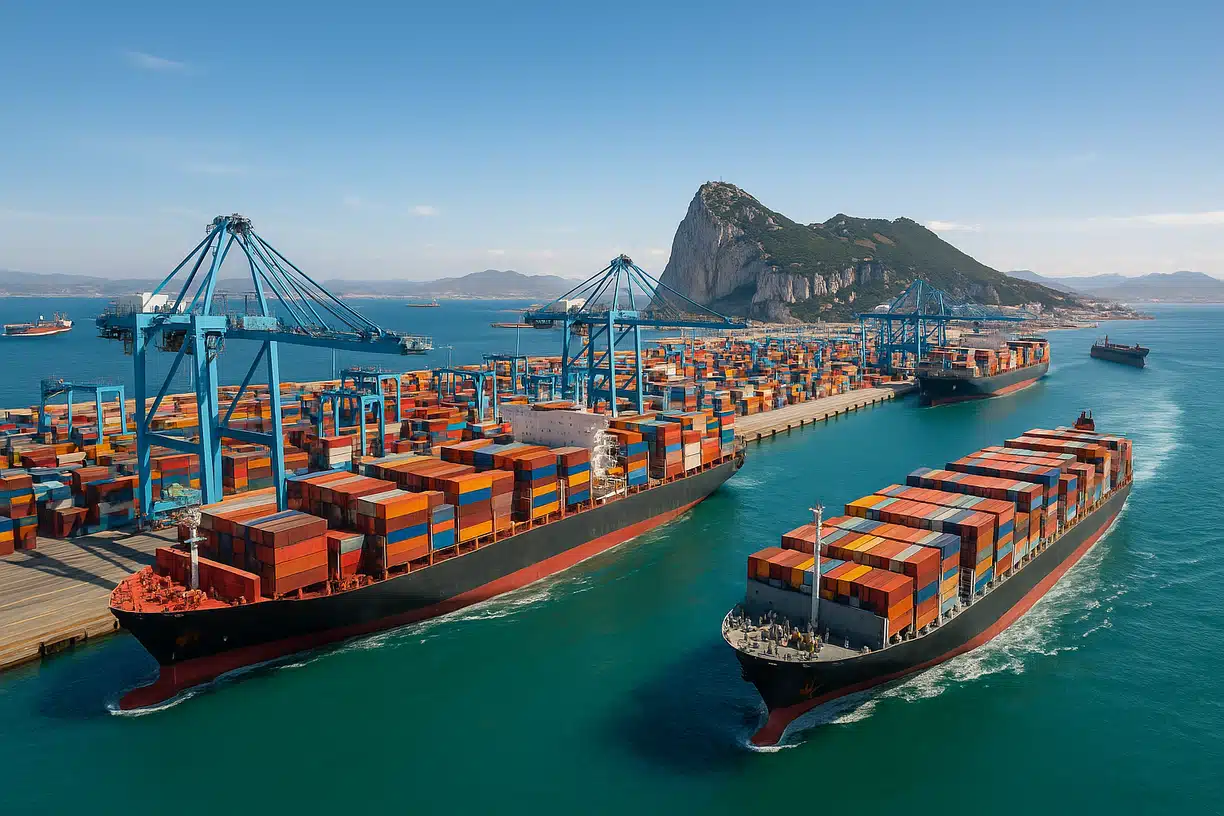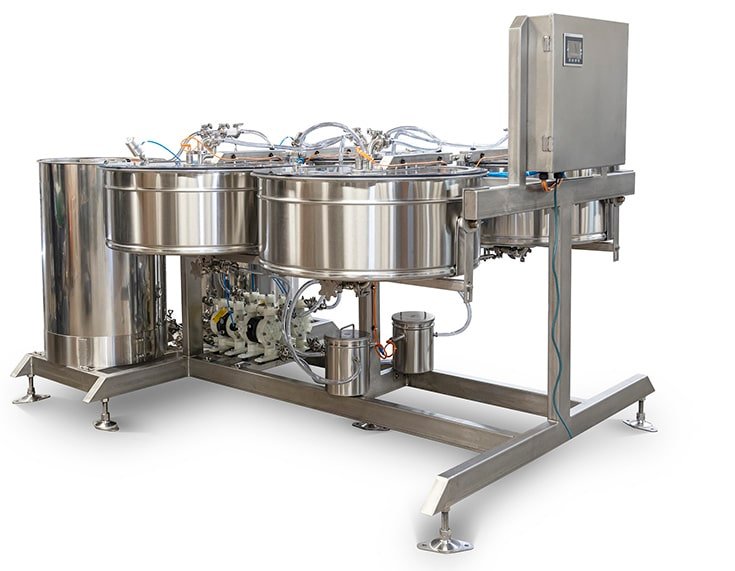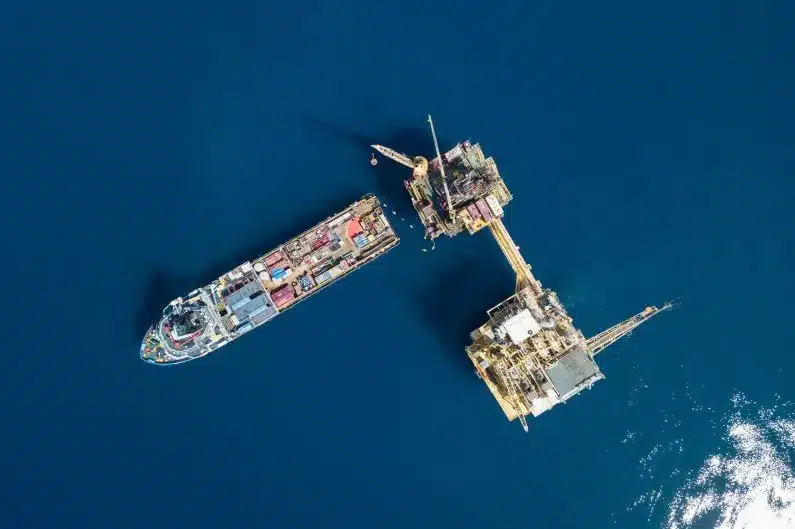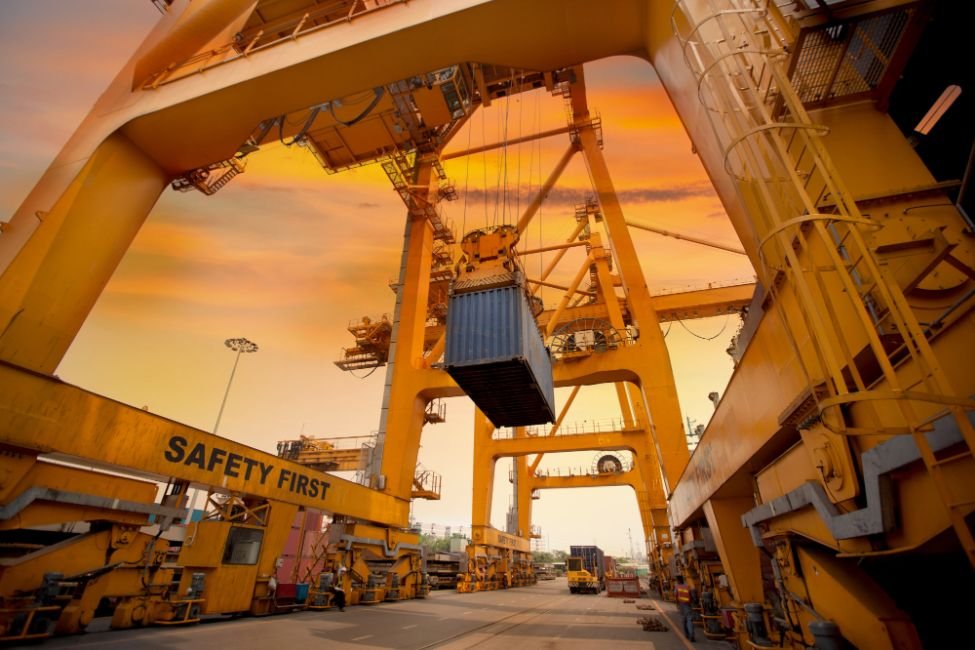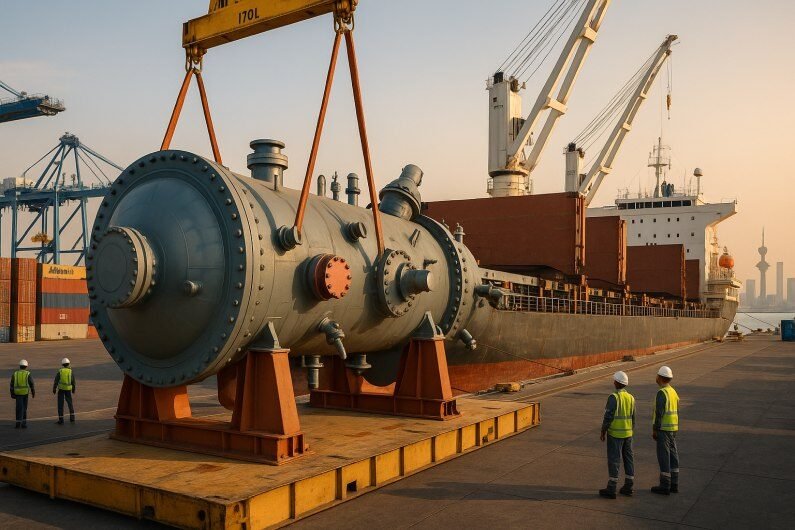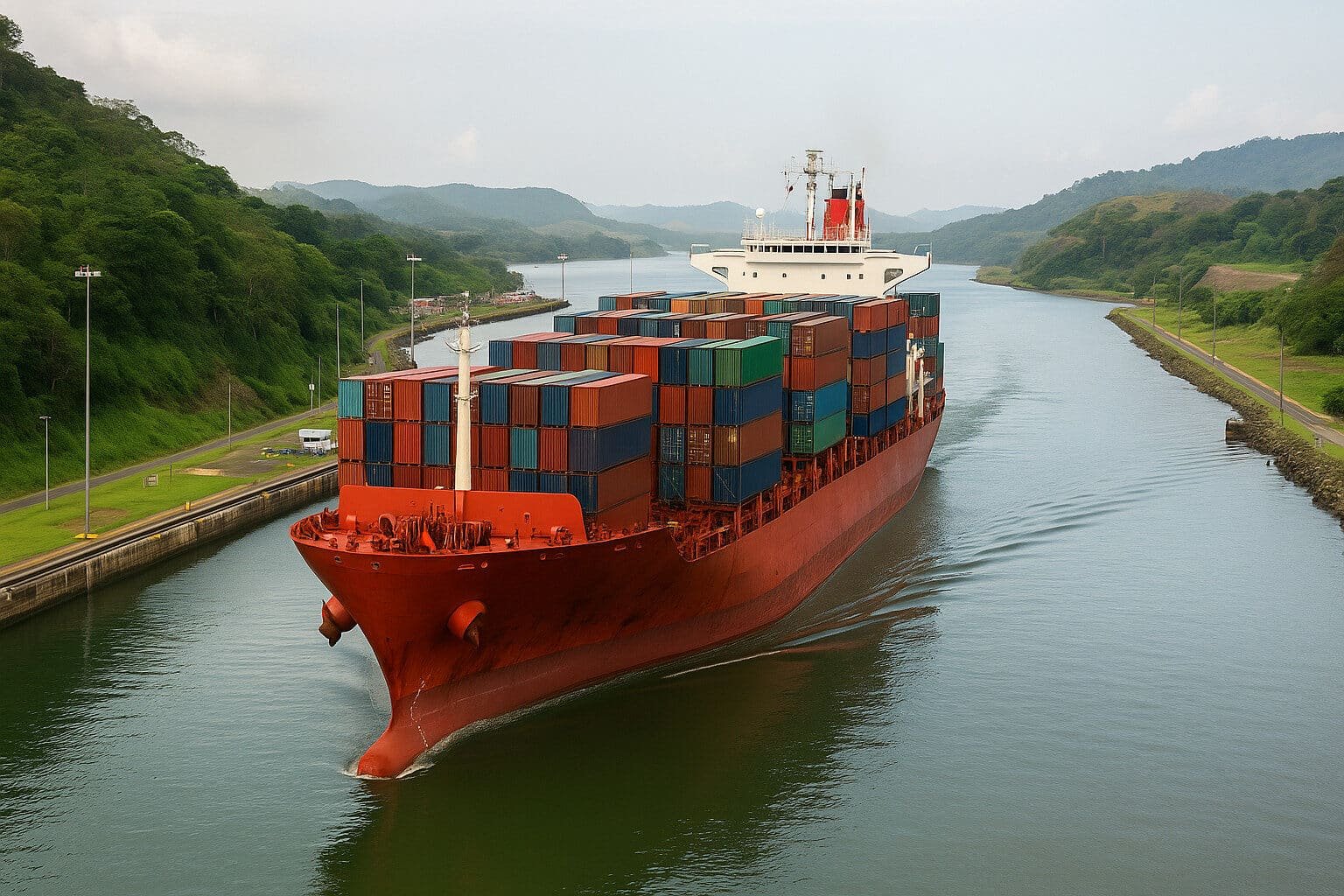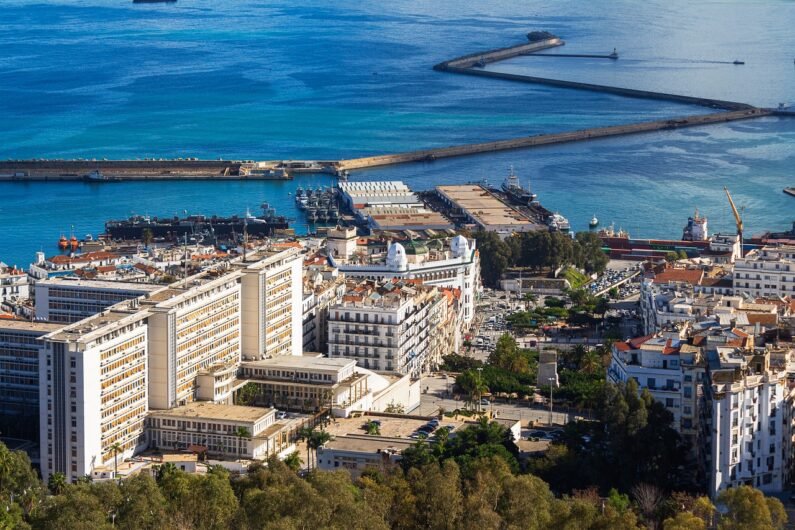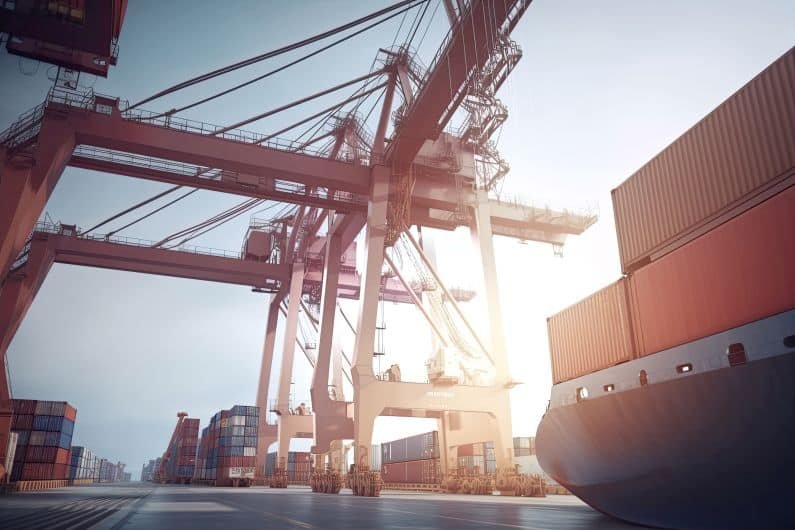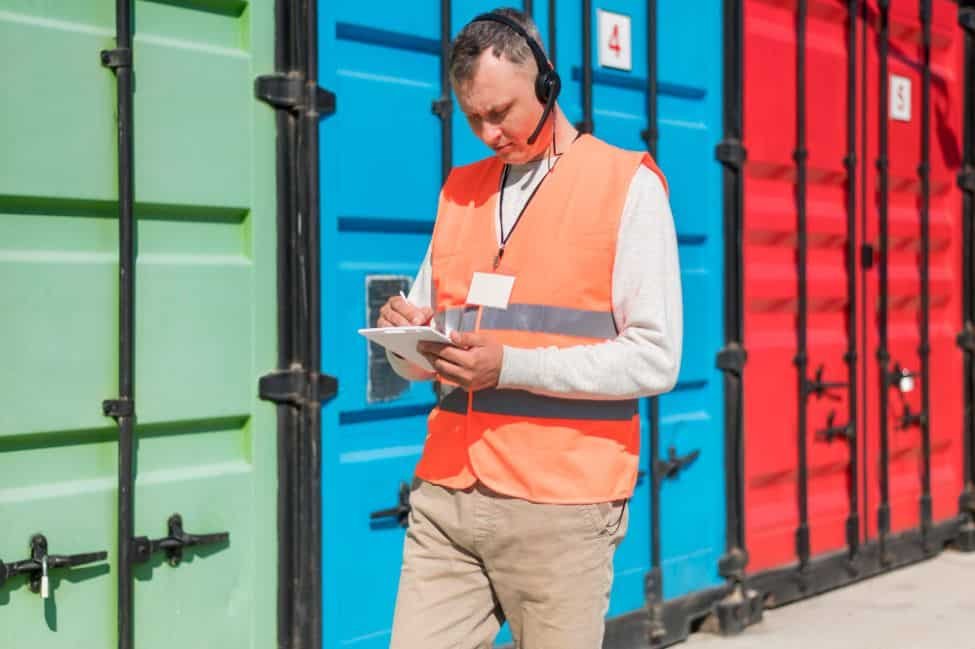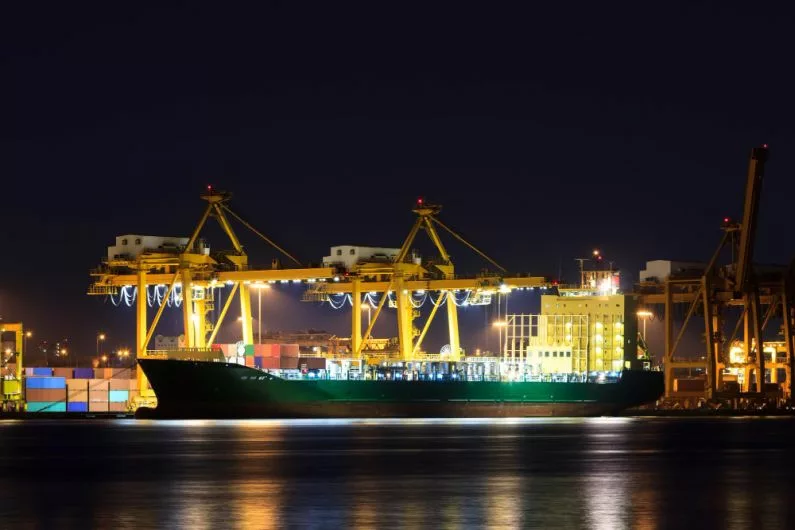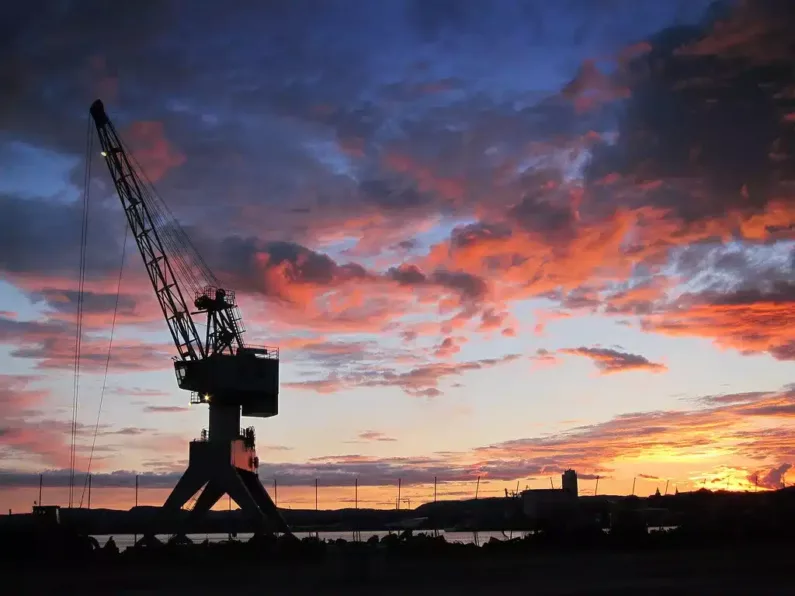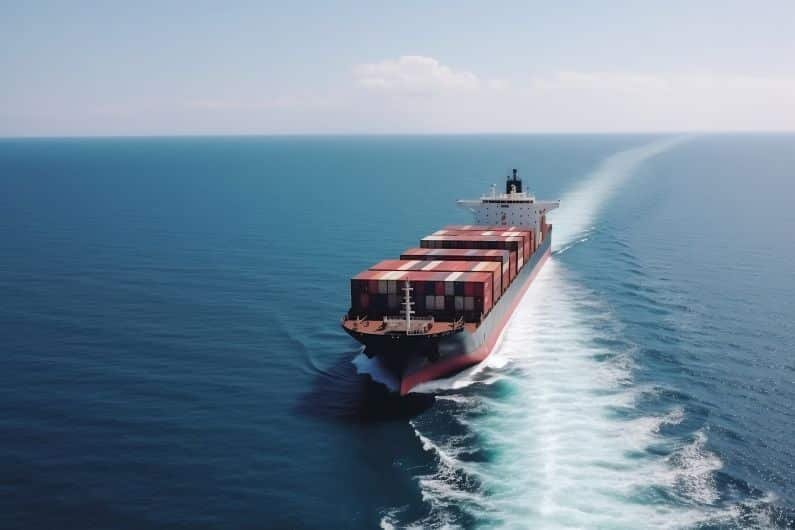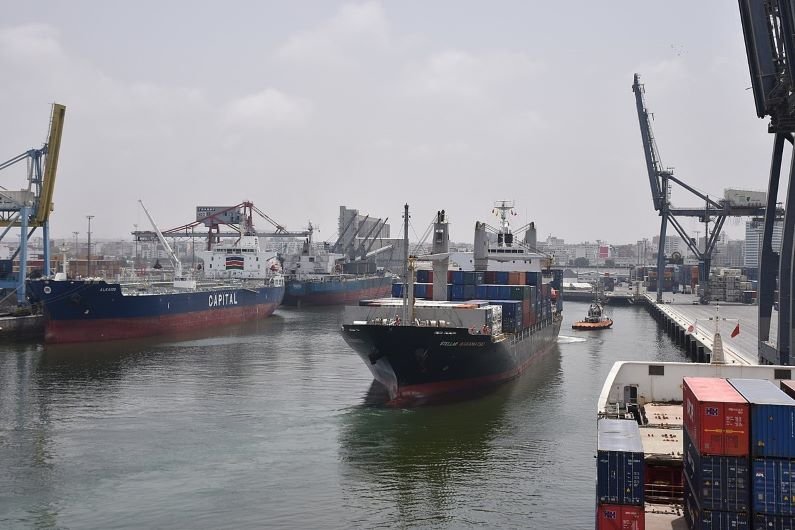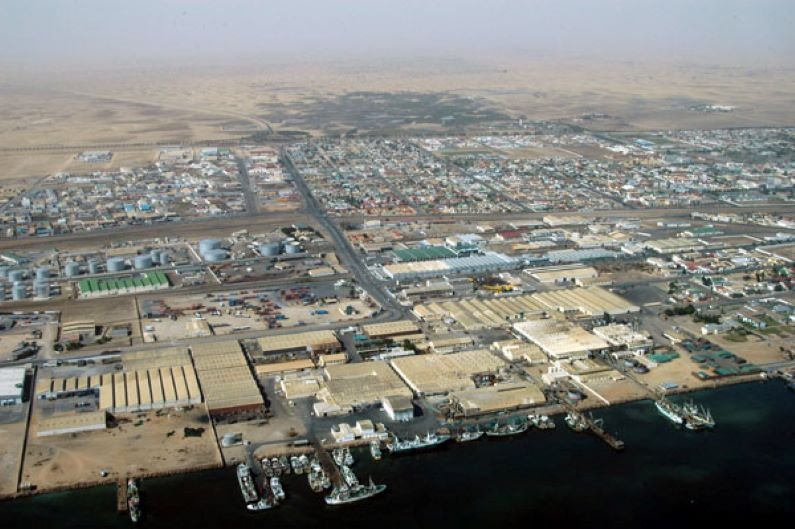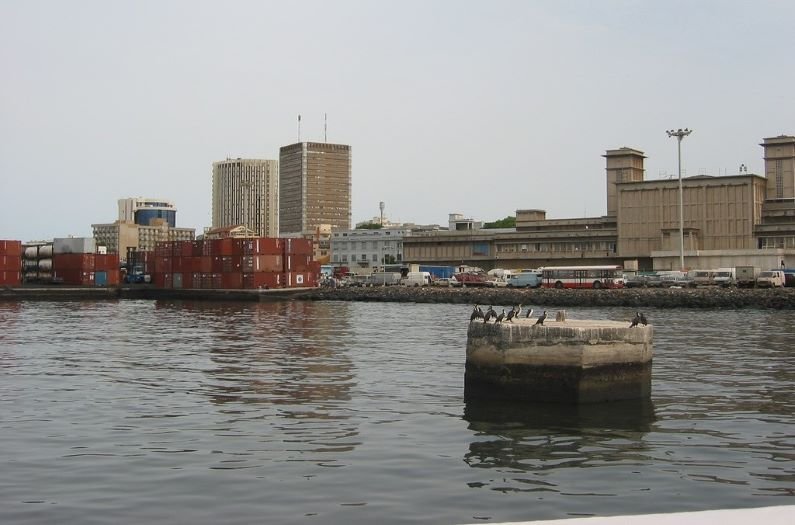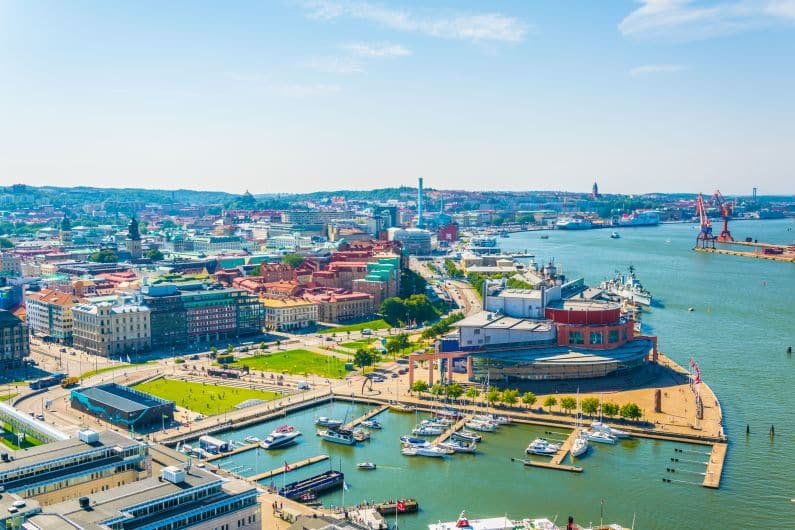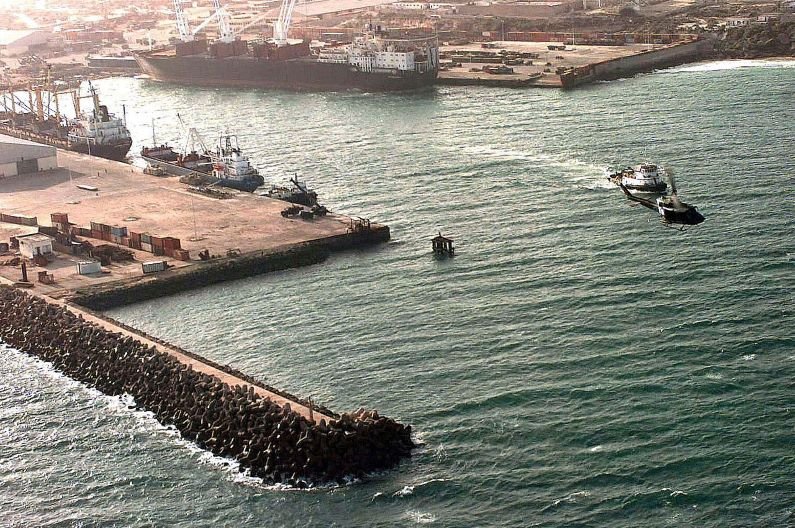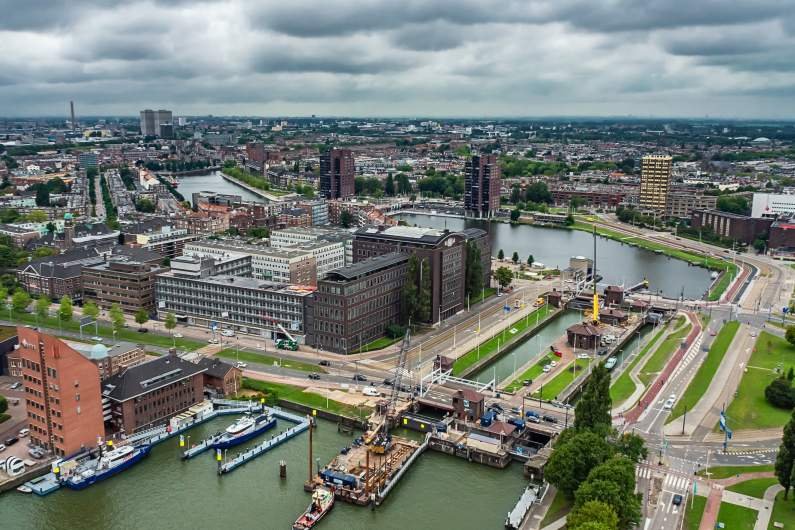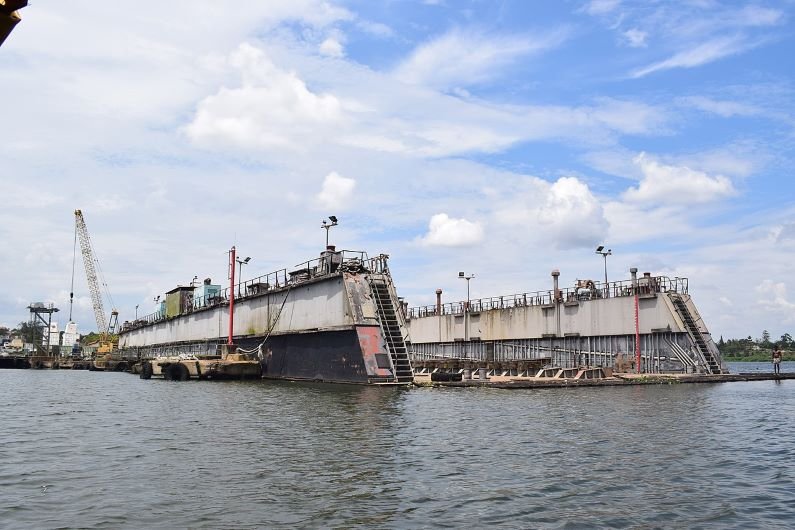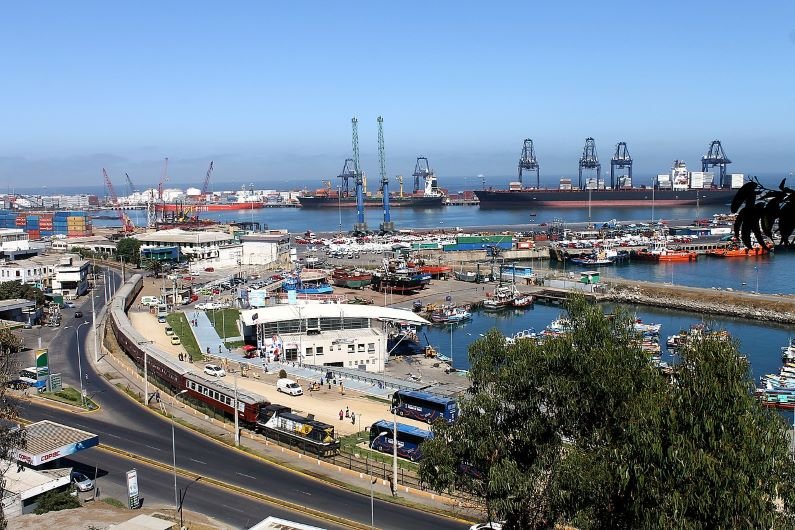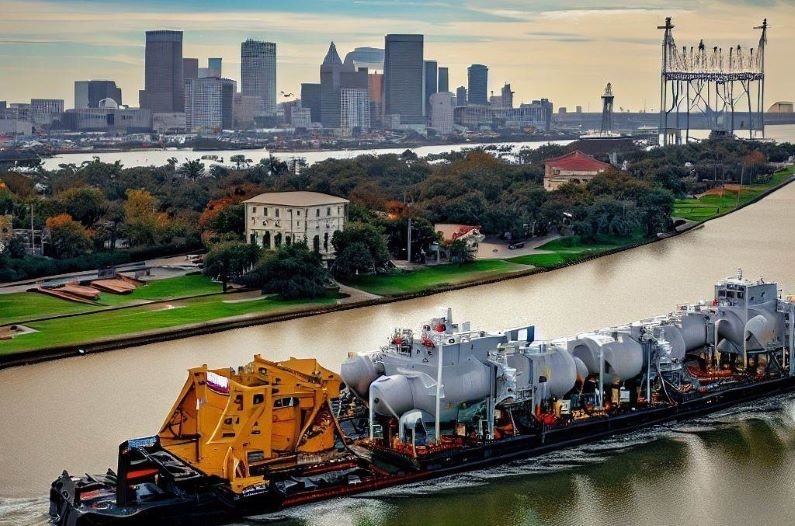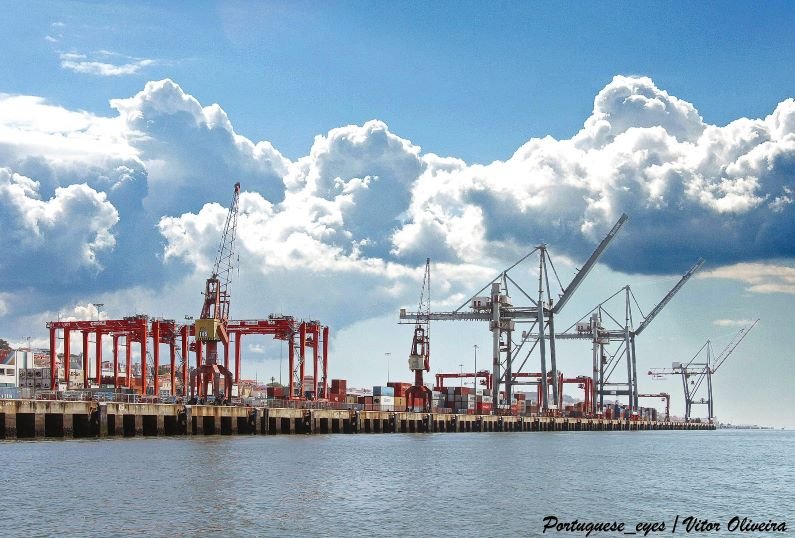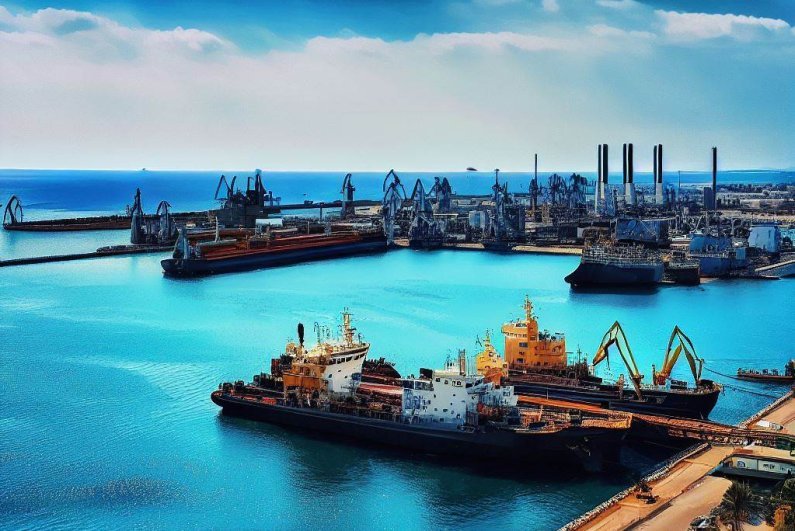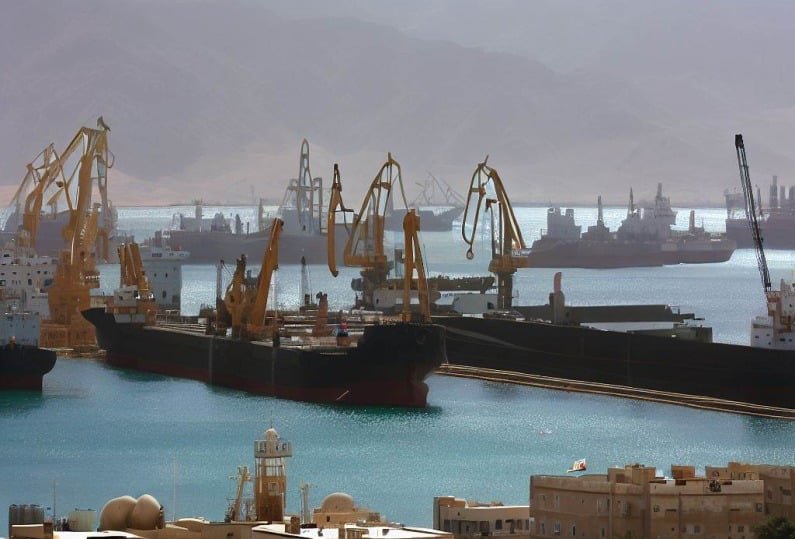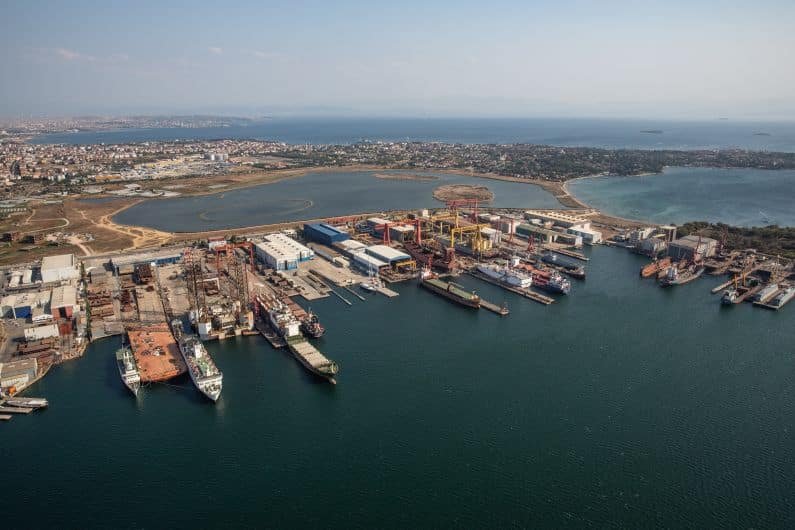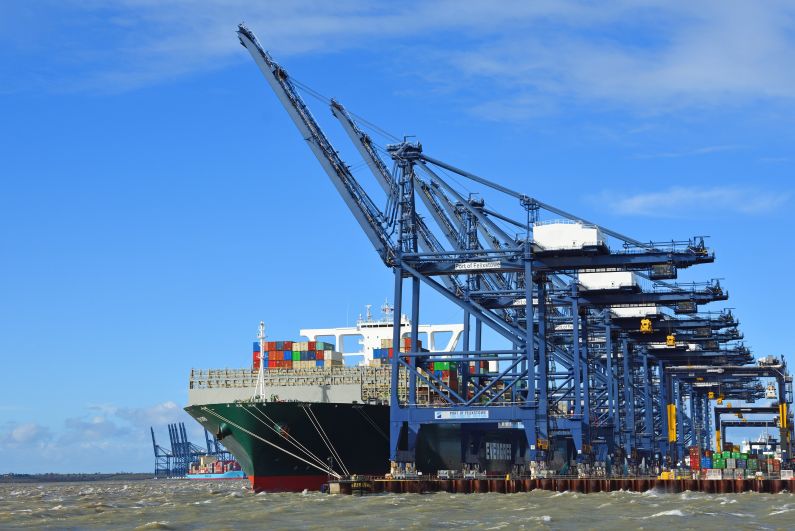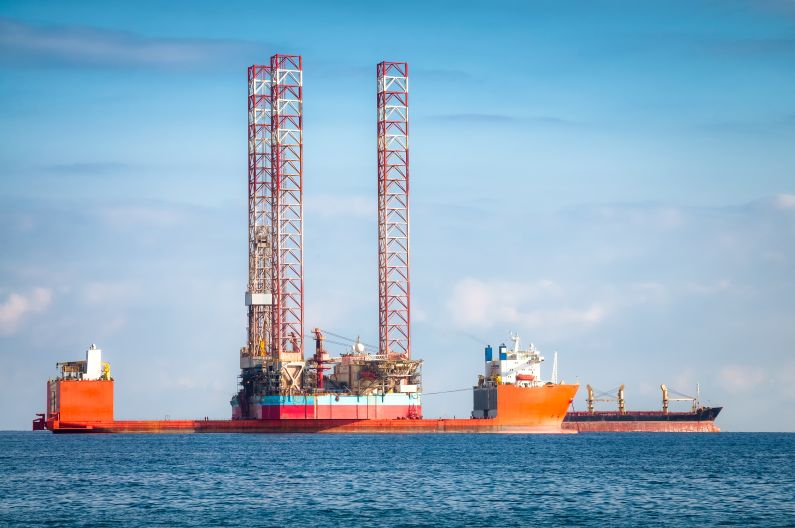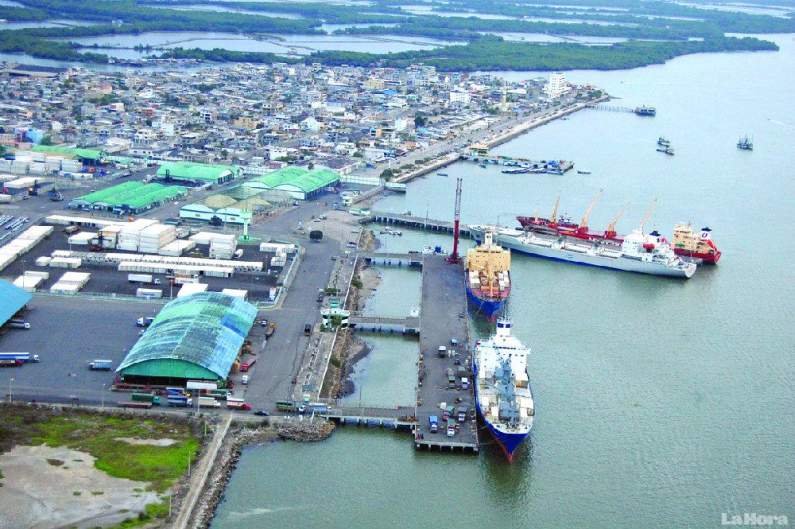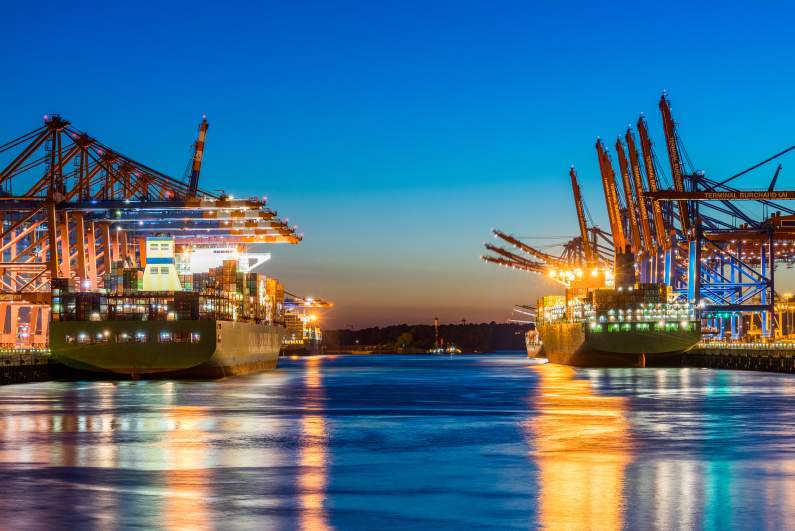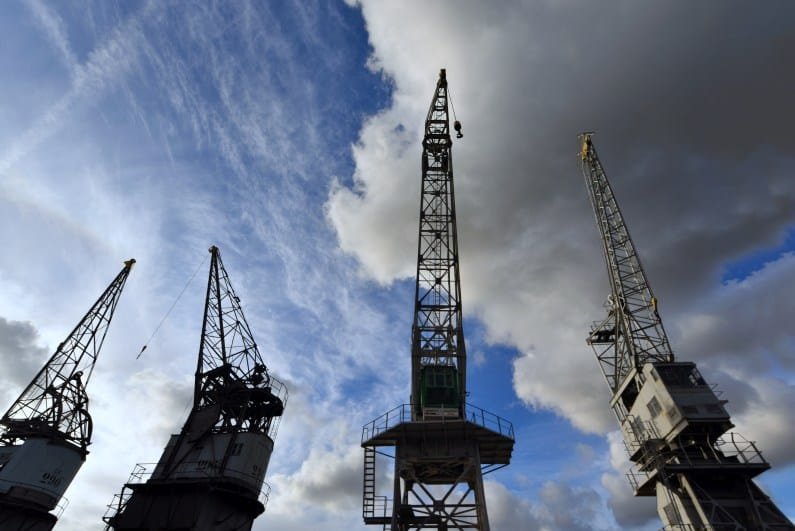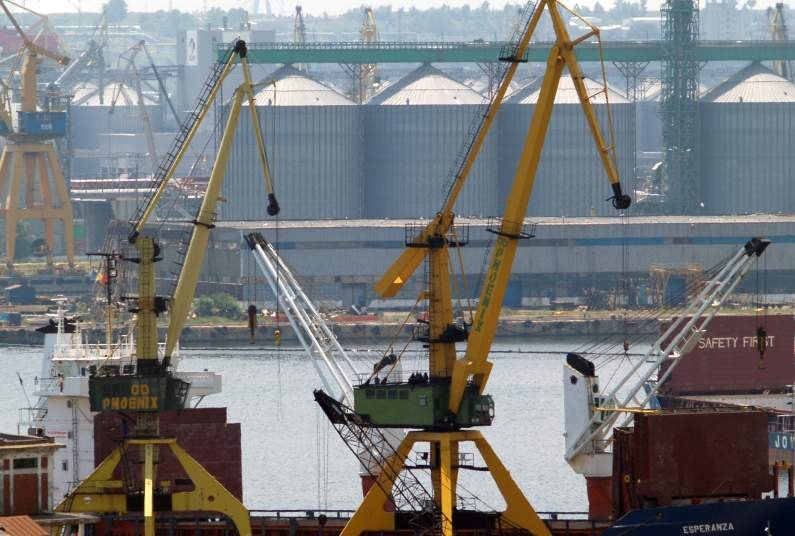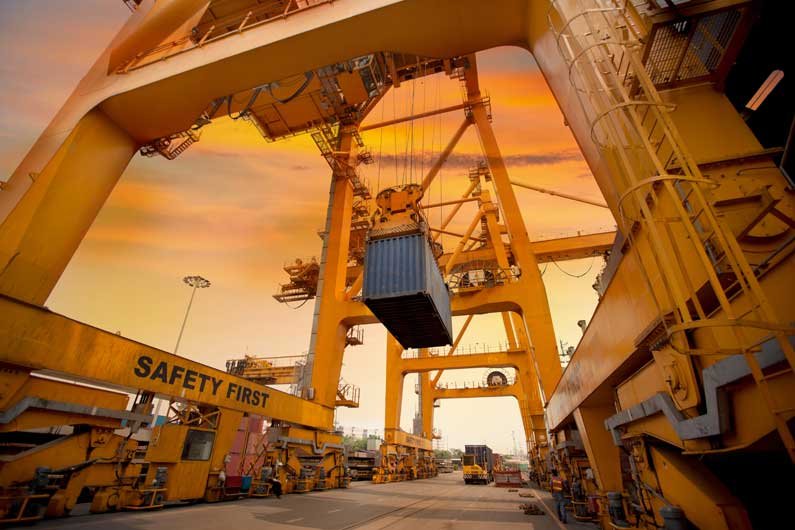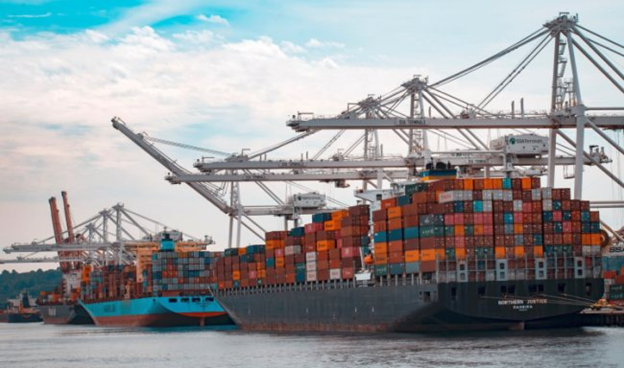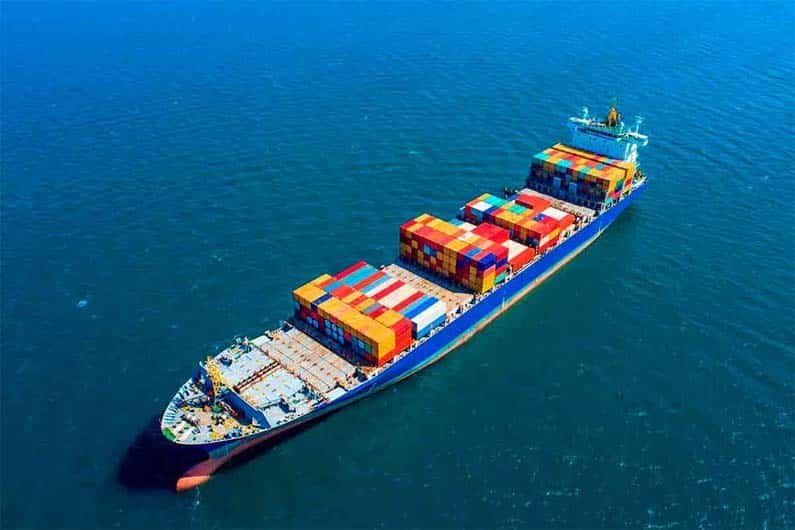Europe’s busiest shipping ports are the backbone of global commerce.
These maritime gateways move millions of tons of cargo each year, connecting the continent with supply chains that span every corner of the world.
From Rotterdam to Gdańsk, the busiest European ports handle containers, crude oil, bulk commodities, and oversized cargo that fuel industries, sustain economies, and keep trade flowing.
This article explores the largest and busiest European ports, their unique strengths, and how Texas International Freight supports companies moving heavy equipment and project cargo across these vital hubs.
The Unrivaled Gateway: Port of Rotterdam, Netherlands
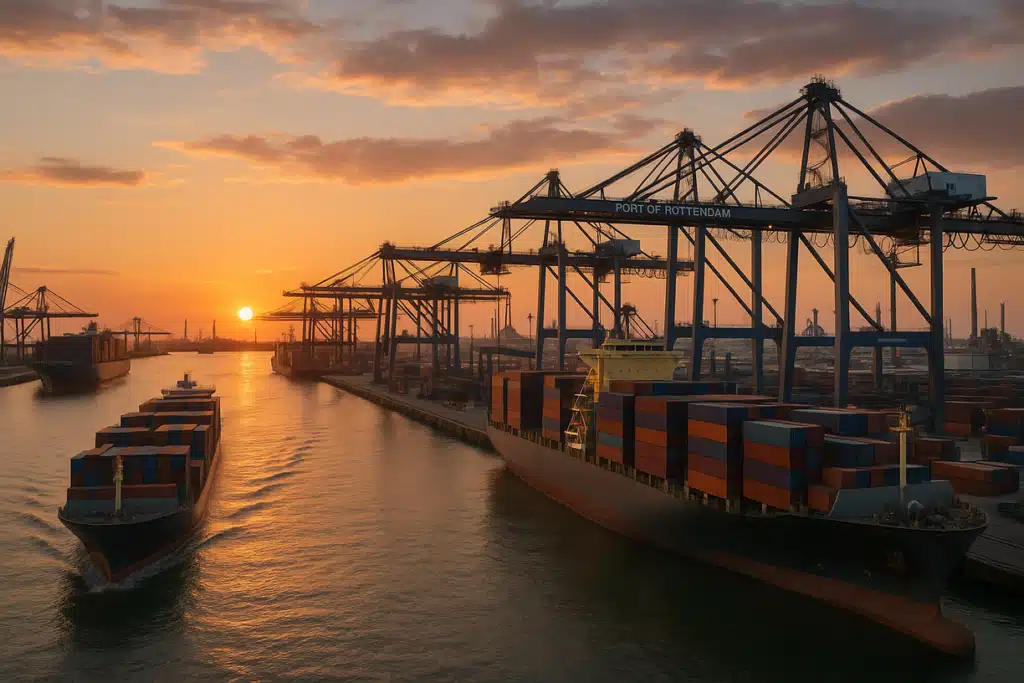
Rotterdam is the beating heart of European shipping and a global leader in cargo handling.
The Port of Rotterdam dominates Europe’s maritime landscape, handling 435.8 million tons of cargo in 2024.
- Strategic access to Germany, Belgium, and France via rivers, roads, and railways.
- Specialization in oil, petroleum, chemicals, iron ore, coal, and agricultural products.
- Leading European container hub with cutting-edge terminals.
- Heavy-lift cranes and deep-water berths for oversized shipments.
Rotterdam is essential for companies moving industrial equipment into Europe.
Texas International Freight’s heavy equipment shipping services ensure project cargo moves seamlessly through this hub.
The Belgian Powerhouse: Port of Antwerp-Bruges, Belgium
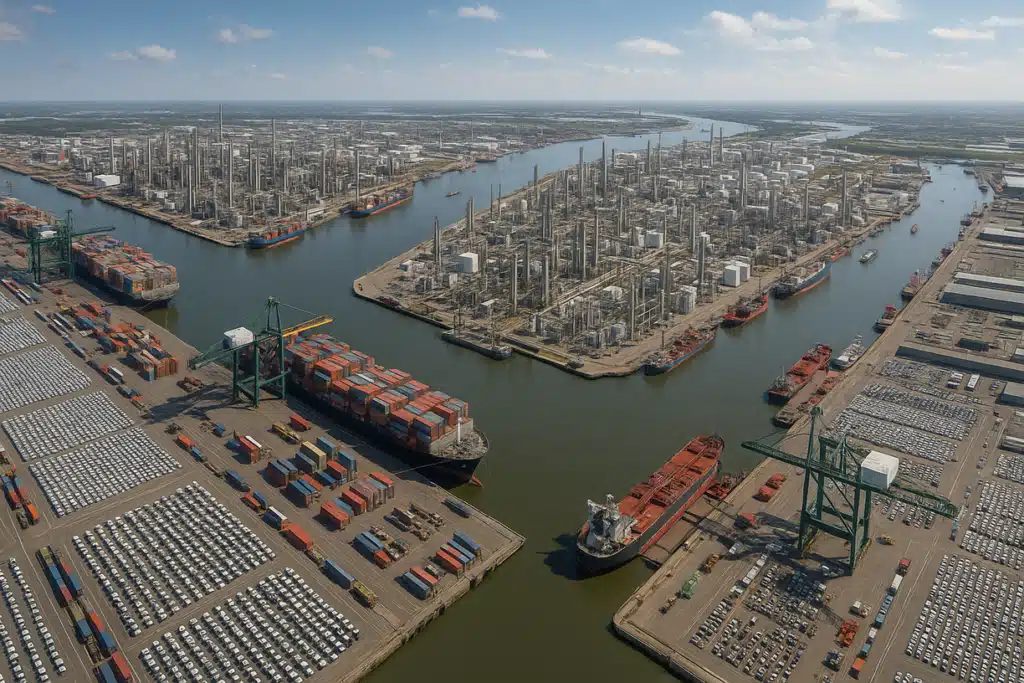
Antwerp-Bruges is a unified port that blends history with modern logistics power.
Handling 277.7 million tons in 2024, the Port of Antwerp-Bruges combines Antwerp’s inland expertise with Zeebrugge’s coastal strength.
- Antwerp: major breakbulk, container, and chemical hub.
- Zeebrugge: RoRo (new cars), LNG, and container handling.
- Advanced warehousing and distribution facilities.
Its versatility makes Antwerp-Bruges one of the busiest European ports for automotive, steel, and chemical industries.
Texas International Freight’s breakbulk shipping expertise aligns perfectly with this Belgian hub.
The Black Sea Giant: Port of Novorossiysk, Russia
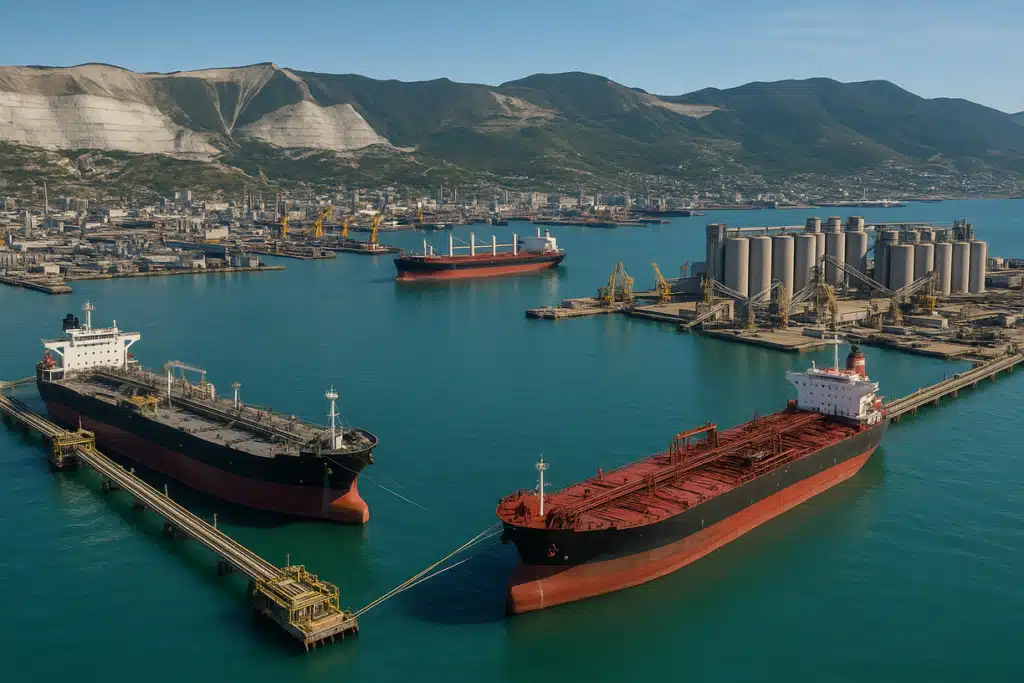
Novorossiysk is Russia’s lifeline to global markets through the Black Sea.
With 164.8 million tons in 2024, Novorossiysk is Russia’s largest port and a critical Black Sea gateway.
- Primary export hub for oil and petroleum.
- Specialized in grain, fertilizers, and timber.
- Deep-water terminals for large bulk carriers.
For businesses shipping heavy machinery to Russia, Texas International Freight’s project cargo services ensure compliance with international shipping regulations.
The Baltic Sea’s Rising Star: Port of Ust-Luga, Russia

Ust-Luga is a modern port that has rapidly become a Baltic powerhouse.
A fast-growing port, Ust-Luga handled 135.0 million tons in 2024.
- Modern facilities for coal, fertilizers, containers, and RoRo.
- Direct road and rail connections.
- Specialized bulk and project cargo terminals.
Its rapid development cements its role among the busiest European ports.
Texas International Freight ensures heavy cargo shipments integrate seamlessly with Ust-Luga’s logistics.
The Hanseatic Hub: Port of Hamburg, Germany

Hamburg combines rich maritime tradition with state-of-the-art logistics.
Germany’s largest port, Hamburg, moved 111.8 million tons in 2024.
- Renowned as Germany’s “Gateway to the World.”
- Specializes in container traffic, bulk, and project cargo.
- Equipped with heavy-lift cranes for oversized machinery.
Texas International Freight’s ocean freight services support companies shipping industrial components into Germany and Central Europe.
The Mediterranean Crossroads: Port of Algeciras, Spain
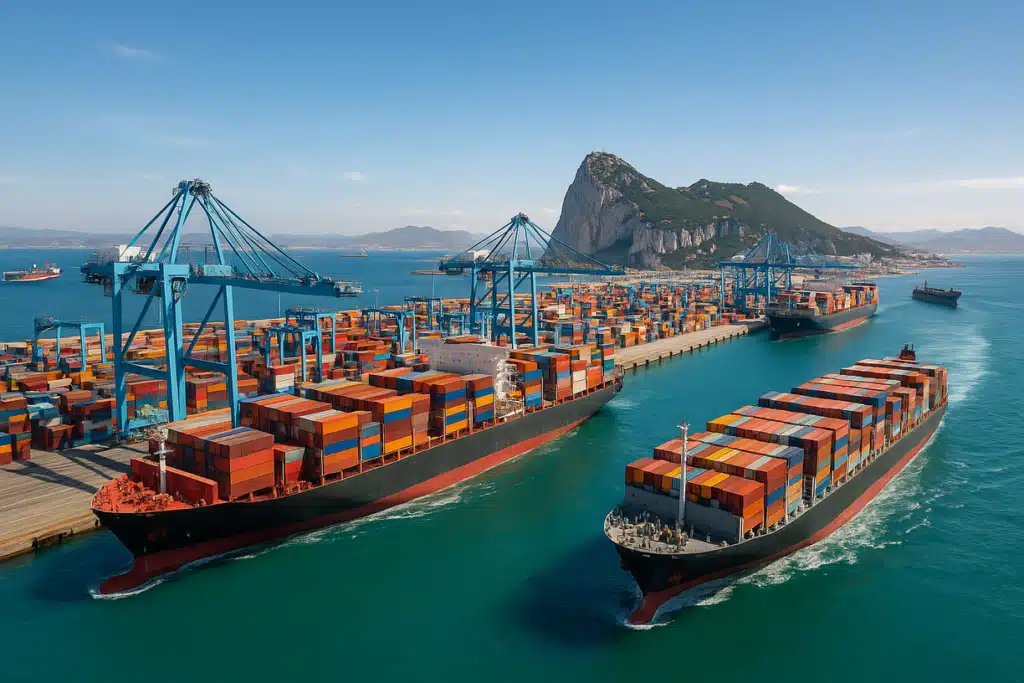
Algeciras is one of the Mediterranean’s busiest hubs thanks to its geography.
Situated at the Strait of Gibraltar, Algeciras handled 103.6 million tons in 2024.
- Strategic crossroads between Europe, Africa, and the Americas.
- Major container transshipment hub.
- Facilities for bulk cargo and RoRo traffic.
Algeciras ranks among the busiest European ports thanks to its geographic position.
Texas International Freight ensures smooth heavy haulage through this Mediterranean hub.
HAROPA Port: Le Havre–Rouen–Paris, France
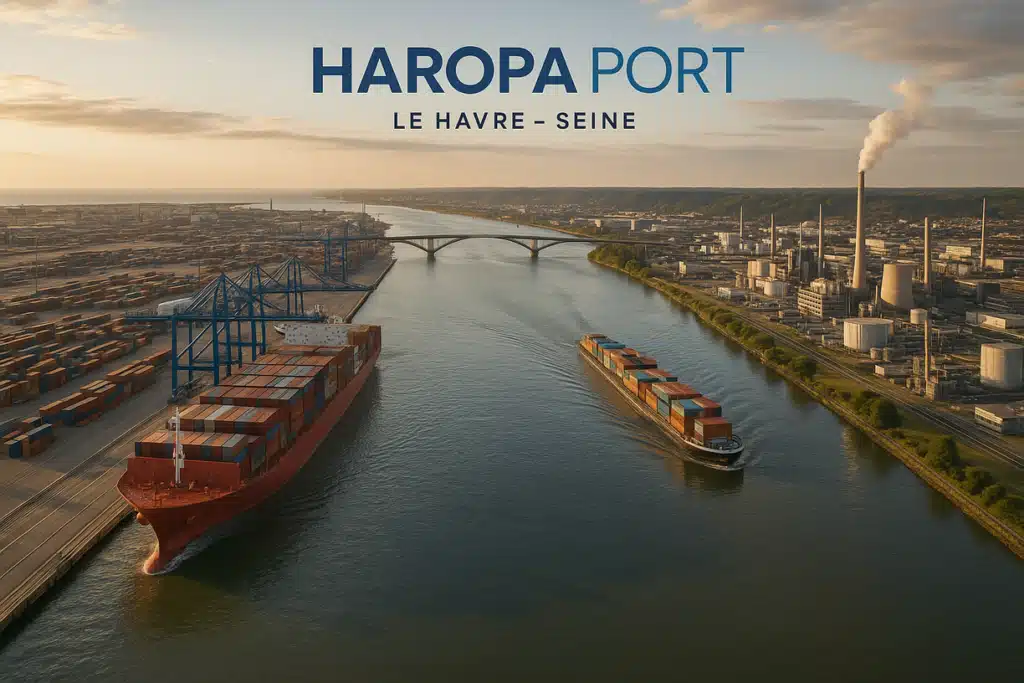
HAROPA creates a seamless river-sea network linking France to the world.
Known as HAROPA PORT, this French network moved 83.2 million tons in 2024.
- Le Havre: deep-sea container and petroleum hub.
- Rouen: agricultural products and bulk cargo.
- Paris: inland distribution via the Seine.
This integrated river-sea model is ideal for multimodal oversized cargo.
Texas International Freight’s freight forwarding services make full use of HAROPA’s river connections.
The Spanish Mediterranean Hub: Port of Valencia, Spain
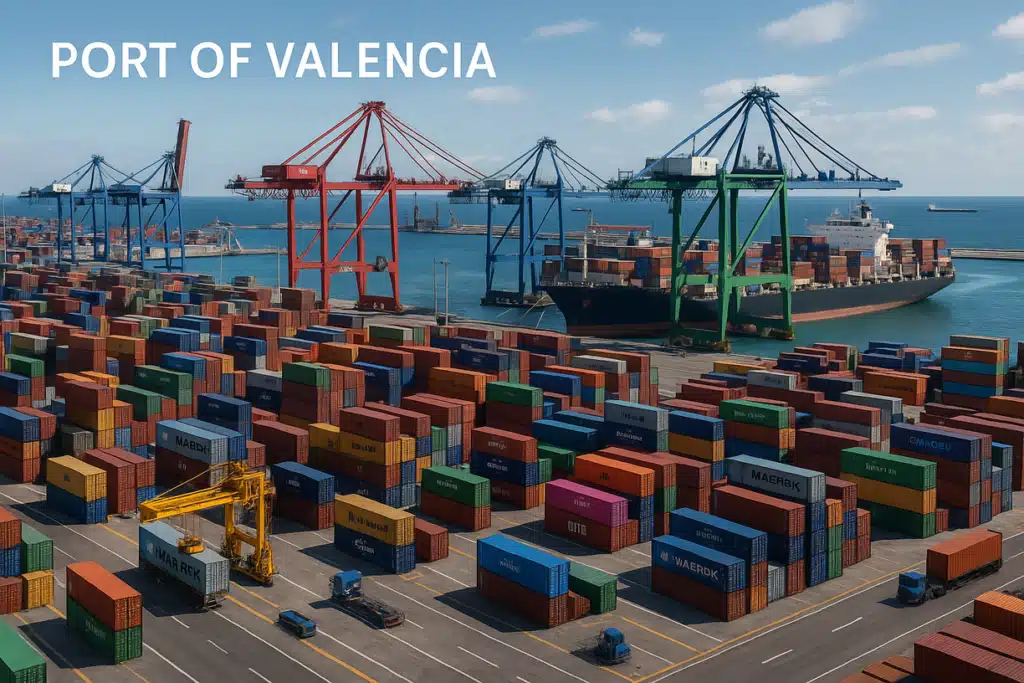
Valencia is Spain’s leader in container traffic and a growing logistics hub.
The Port of Valencia recorded 81.1 million tons in 2024, making it Spain’s top container port.
- Container, RoRo, bulk, and general cargo.
- Specialized facilities for oversized shipments.
- Strong hinterland connectivity.
Texas International Freight provides customs clearance and inland transport for heavy shipments through Valencia.
The Eastern Gateway: Port of Constanța, Romania
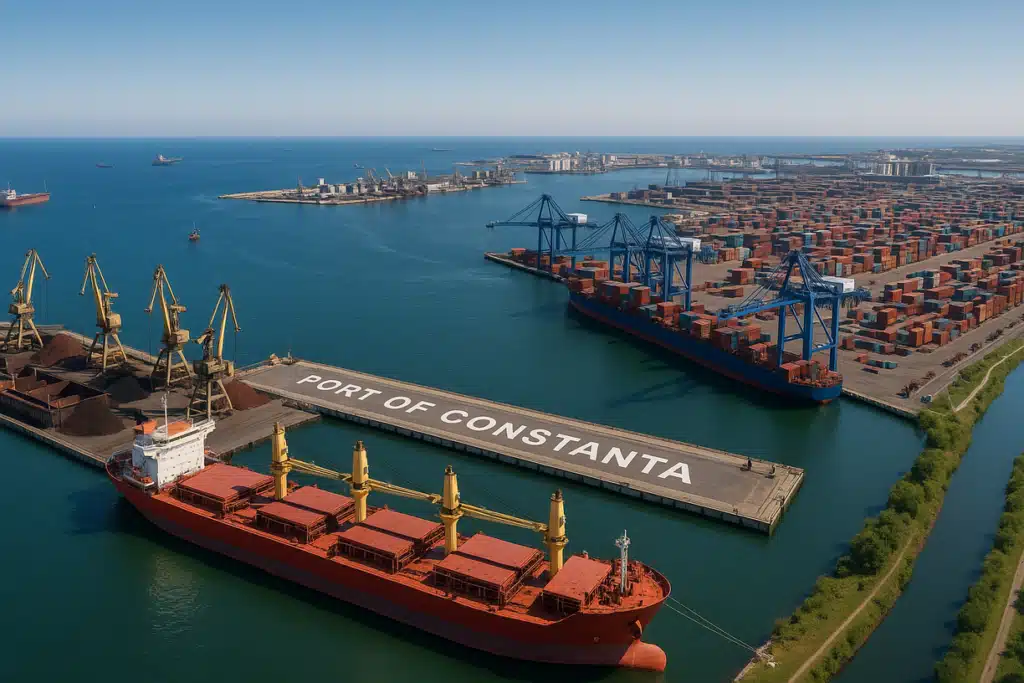
Constanța is the Black Sea’s key entry point into Eastern Europe.
Constanța is the largest Black Sea port, handling 77.5 million tons in 2024.
- Links to Central Europe via the Danube-Black Sea Canal.
- Handles crude oil, coal, grain, and containers.
- Extensive multimodal connections.
Its Danube link makes it indispensable for Eastern Europe.
Texas International Freight leverages Constanța for smooth oversized project cargo delivery inland.
The Baltic’s Growing Hub: Port of Gdańsk, Poland

Gdańsk is Poland’s rising star in European maritime trade.
Poland’s largest port, Gdańsk processed 77.4 million tons in 2024.
- Deep-water terminals for mega container ships.
- Cargo diversity: containers, fuels, coal, general cargo.
- Rapid investment and modernization.
Among the busiest European ports, Gdańsk is a rising logistics hub.
Texas International Freight’s cross-border expertise ensures heavy equipment moves efficiently into Central Europe.
Why Specialized Freight Services Are Essential
Managing oversized shipments through the busiest European ports requires more than standard freight forwarding.
The complexity of Europe’s busiest ports highlights the need for expert freight partners.
- Route Planning and Feasibility Studies
- Specialized Equipment for oversized transport
- Permitting and Compliance management
- Customs Clearance at European ports
- Project Management for complex cargo
- Risk Assessment and Insurance
This expertise makes Texas International Freight a trusted partner for industries such as oil and gas, construction, energy, and manufacturing.
Conclusion: Europe’s Busiest Ports and Global Trade
The busiest European ports are more than transit points—they are engines of global connectivity.
From Rotterdam to Gdańsk, these hubs enable industries to thrive while logistics providers like Texas International Freight ensure oversized shipments move safely and efficiently.
Ready to Ship Heavy Cargo to Europe?
Whether you need to move:
- Heavy machinery
- Industrial components
- Oversized project cargo
Texas International Freight is your trusted logistics partner.
Visit our heavy equipment shipping services page or call today.
We will make sure your cargo reaches Europe’s busiest ports safely, on time, and within budget.
FAQs: Shipping Heavy Cargo Through the Busiest European Ports
What counts as heavy or oversized cargo?
Heavy or oversized cargo typically exceeds standard container dimensions or road weight limits.
Examples include turbines, presses, generators, excavators, and large structural modules.
Texas International Freight evaluates weight, dimensions, center of gravity, and lift points to define the best transport method.
Start here: Heavy Equipment Shipping Services.
Which European ports are best for heavy-lift operations?
Rotterdam, Hamburg, Antwerp-Bruges, and Valencia offer deep-water berths and heavy-lift crane capacity.
Project cargo can also route effectively via Algeciras, HAROPA, Gdańsk, and Constanța depending on origin, timeline, and budget.
Route design is handled via our Project Cargo Services.
Do I need permits and escorts for oversized road moves in Europe?
Yes, most countries require oversize permits, escort vehicles, and time-of-day restrictions.
Bridge capacities, axle loads, and local police approvals may apply.
We obtain permits and coordinate escorts under our end-to-end Freight Forwarding solutions.
How long does it take to ship heavy machinery to Europe?
Transit time depends on origin, port congestion, sailing frequency, and inland route approvals.
Typical ocean legs from the U.S. Gulf to North Europe run ~2–3 weeks, excluding pre-carriage, customs, and last-mile delivery.
For time-sensitive moves, ask about our Ocean Freight options and fast-track permitting.
What documents are required for project cargo at the busiest European ports?
Core documents include commercial invoices, packing lists, HS codes, bills of lading, and certificates of origin when applicable.
Dangerous goods require MSDS and compliance declarations.
Our teams manage filings and customs at arrival under our integrated Freight Forwarding Services.
Can you provide door-to-door delivery from factory to foundation?
Yes, we handle factory pickup, export formalities, ocean leg, port handling, permits, heavy haulage, cranage, and site delivery.
Where beneficial, we use river barge or rail for safer, lower-emission inland moves.
See our Project Cargo capabilities for turnkey execution.
How do you manage risk and insurance for oversized shipments?
We perform route surveys, lifting studies, and tailored securing plans for each unit.
Cargo insurance, GPS tracking, and contingency planning are standard practices.
Talk to our team via Heavy Equipment Shipping to scope risk coverage.

